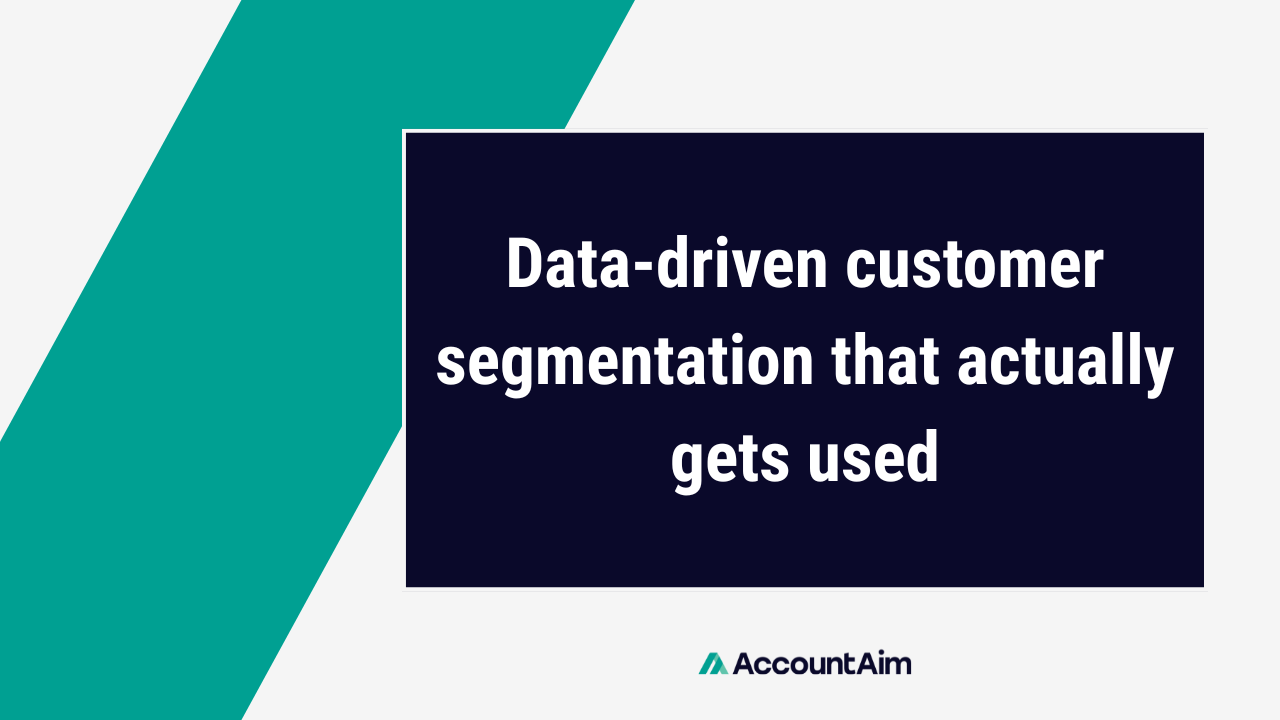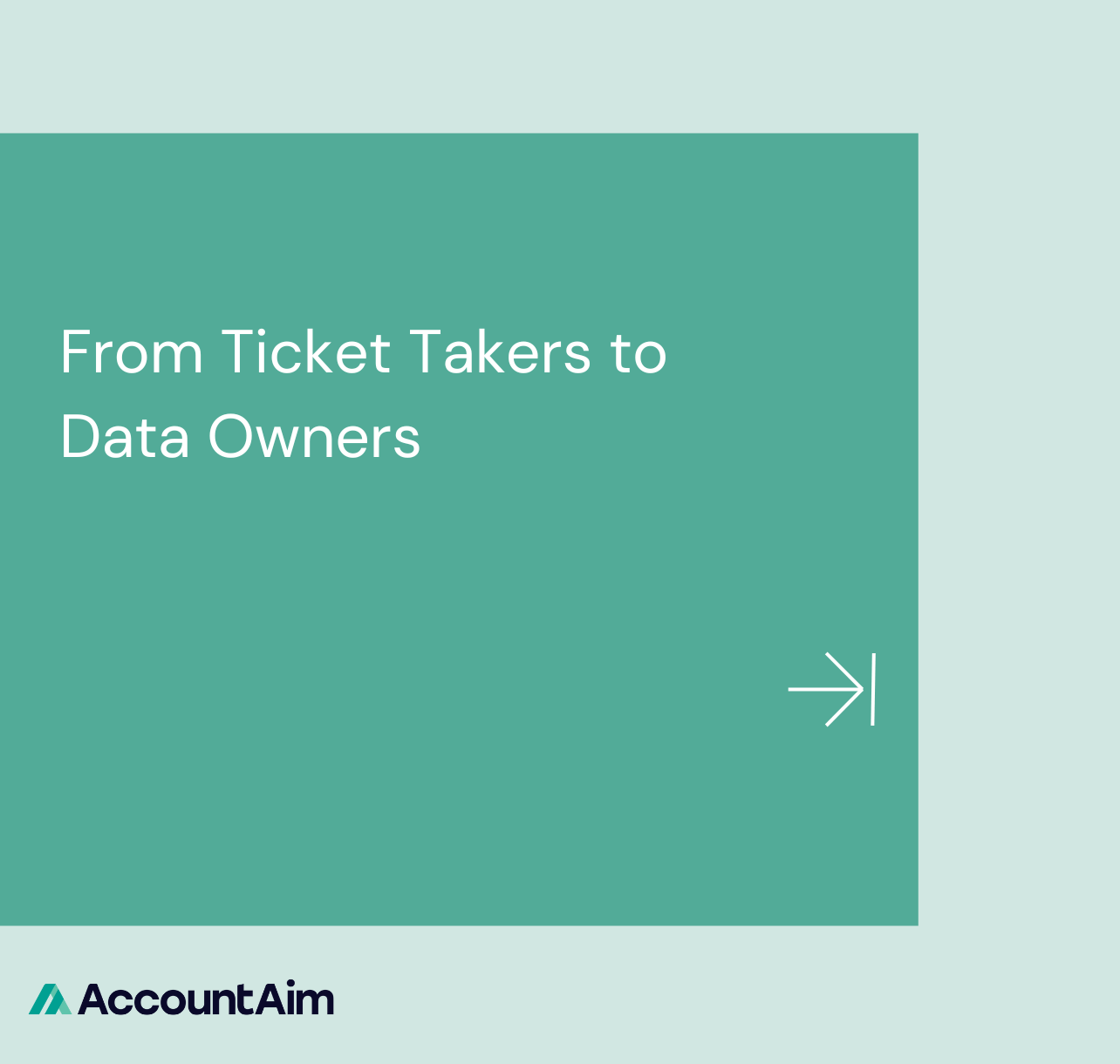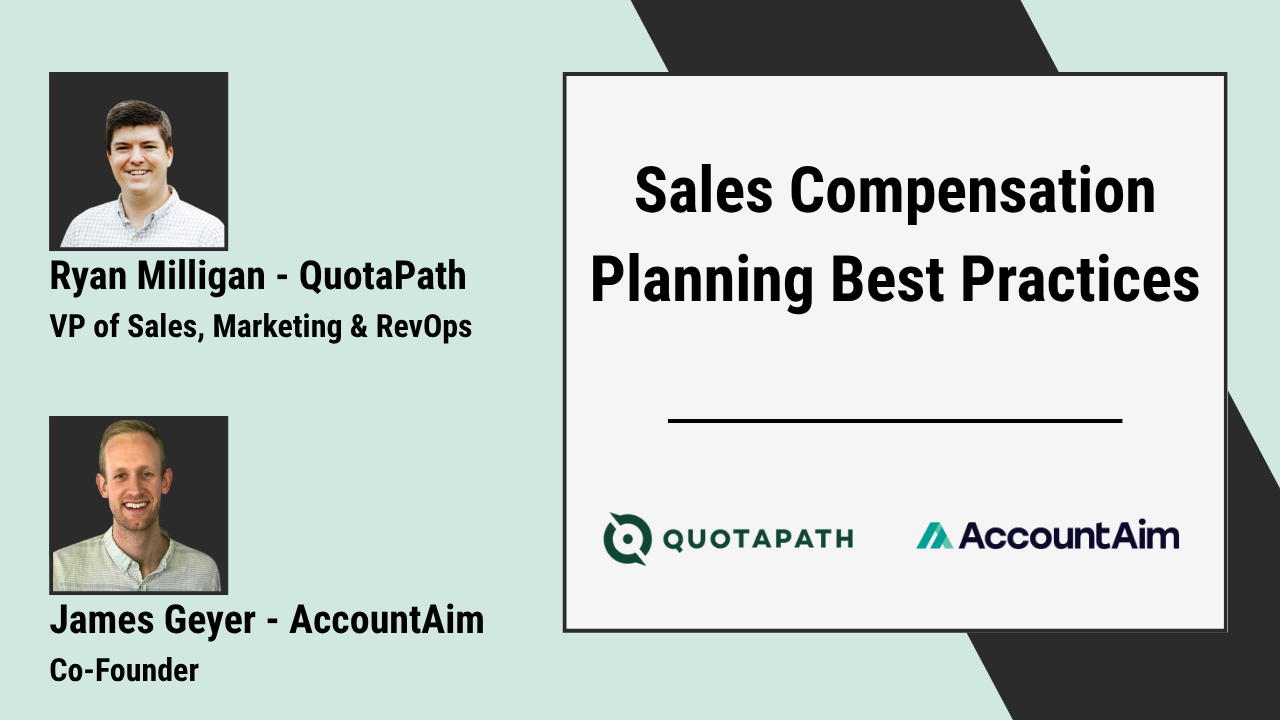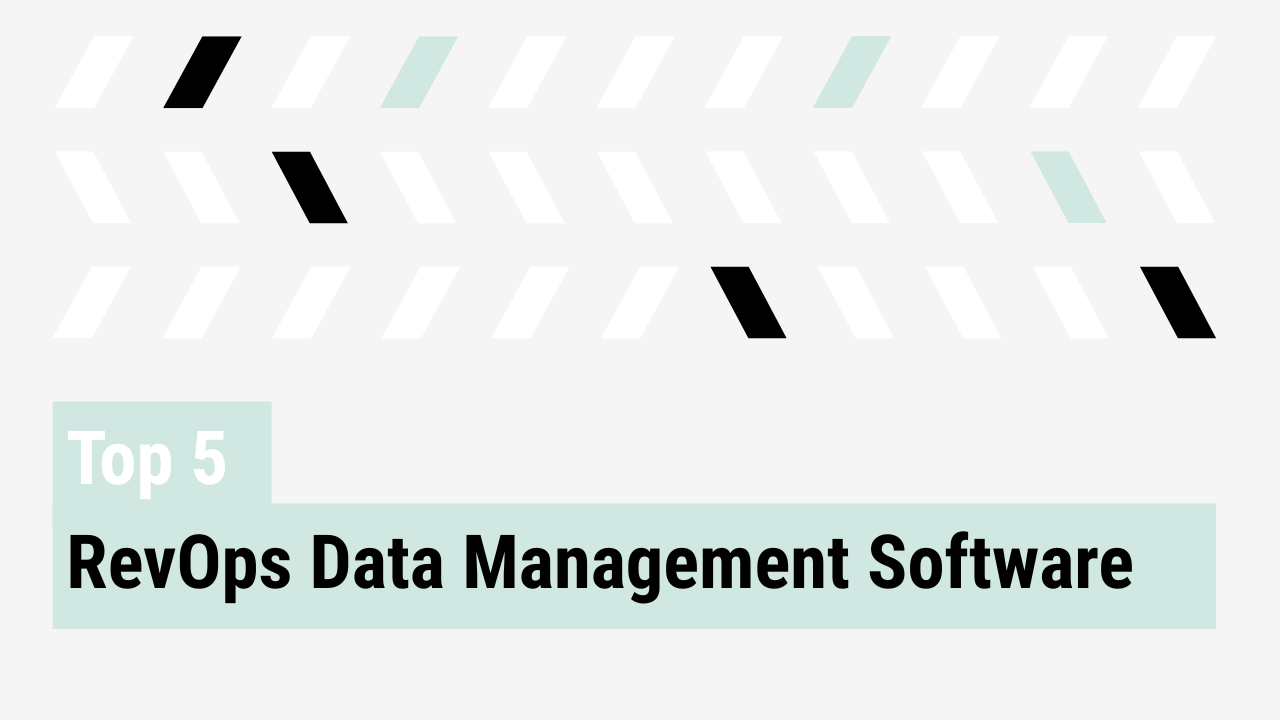Most customer segmentation models end up as dashboard artifacts, well-designed, deeply analyzed, and rarely operationalized. For RevOps leaders tasked with turning data into revenue, it’s not enough to know who your best accounts are. You need systems that make sure those accounts are actively prioritized and acted upon.
This post lays out how to build segmentation models that pair fit with engagement, evolve with real-time signals, and get used by your reps every day.
Fit and engagement: your model needs both
Most scoring models stop at firmographic fit, size, industry, funding stage. But knowing who to target is only half the equation. Engagement tells you when to act.
Combining fit with engagement enables strategic focus:
- Fit = likelihood to convert based on profile
- Engagement = likelihood to convert now, based on intent and behavior
To drive pipeline reliably, your scoring model needs both.
Fix your fit score: go deeper than the basics
The biggest problem with most fit scores is that they rely on generic data: NAICS codes, employee count, industry labels. These inputs are often vague or outdated.
High-performing teams use three tactics to sharpen their fit scoring:
- Scrape or enrich beyond firmographics; pull tech stack data, job titles, or bespoke firmographics from tools like Crunchbase or website metadata.
- Parse out string fields. Crunchbase’s vertical field may list five or more industries in one string, but platforms like AccountAim can break these down to analyze trends across each component.
- Base scoring on conversion, not just customer makeup. Instead of weighting a trait just because 60% of your customers share it, weight based on how likely a cold outbound with that trait becomes an opportunity. That filters out false positives driven by legacy targeting or rep bias. Further, there is valuable information at the top of funnel that can highlight if a good segment is getting blocked at later stages of the funnel (e..g. on product needs or rep enablement).
This is how Mosaic approached it. Rather than settle for surface-level enrichment, they used AccountAim to consolidate critical signals and identify best-fit accounts in real time. The result was a 23% increase in opportunity creation from recommended accounts compared to historical baselines.
Track engagement like you track fit
Just like you measure fit inputs, you should snapshot and evaluate engagement signals. These include:
- website visits
- email opens or clicks
- ad or content consumption
- prior meetings or open opportunities
Crucially, you want to snapshot what signals were present at the time a meeting was booked, not just what exists today. Platforms like AccountAim or Snowflake can support this kind of historical signal performance analysis.
This enables a signal-based lead scoring approach, quantifying which combinations of signals correlate most with meetings and pipeline creation.
Rules of engagement: the system that ensures usage
Scoring only works if your reps follow it. This is where rules of engagement come in.
ROEs define what reps should do with top accounts and what happens if they don’t. Examples:
- reps must touch top 10 accounts weekly, or accounts reassign to someone else
- managers get alerted when reps don’t engage with their top stack-ranked accounts
- prioritization dashboards enforce SLAs
As Mosaic’s Head of Sales Development put it:
“AccountAim ensures our sales reps are systematically working through their territories and staying laser-focused on their top accounts.”
ROEs are the guardrails and operational muscle for your segmentation model.
Feedback and trends: the final unlock
Customer segmentation is not static. The best systems evolve with rep feedback and cohort analysis.
AccountAim helped Mosaic unlock a treasure trove of data that doesn’t exist in any system, by blending rep conversations and feedback into the targeting model. This revealed not only which accounts fit the ICP, but also which ones stalled and why.
Cohort analysis across segments, such as fintech companies with 100 to 500 employees that showed a specific signal, allows RevOps leaders to refine who gets prioritized and who gets enabled.
Final thought
A good customer segmentation model may have many columns or fancy calculations, but a great model is the one your team actually uses.
With fit and engagement scoring, real-time signals, rules of engagement, and rep feedback, your customer segmentation model becomes a repeatable and actionable playbook.
Go deeper
If you enjoyed this blog post, check out the Mosaic Case Study.



